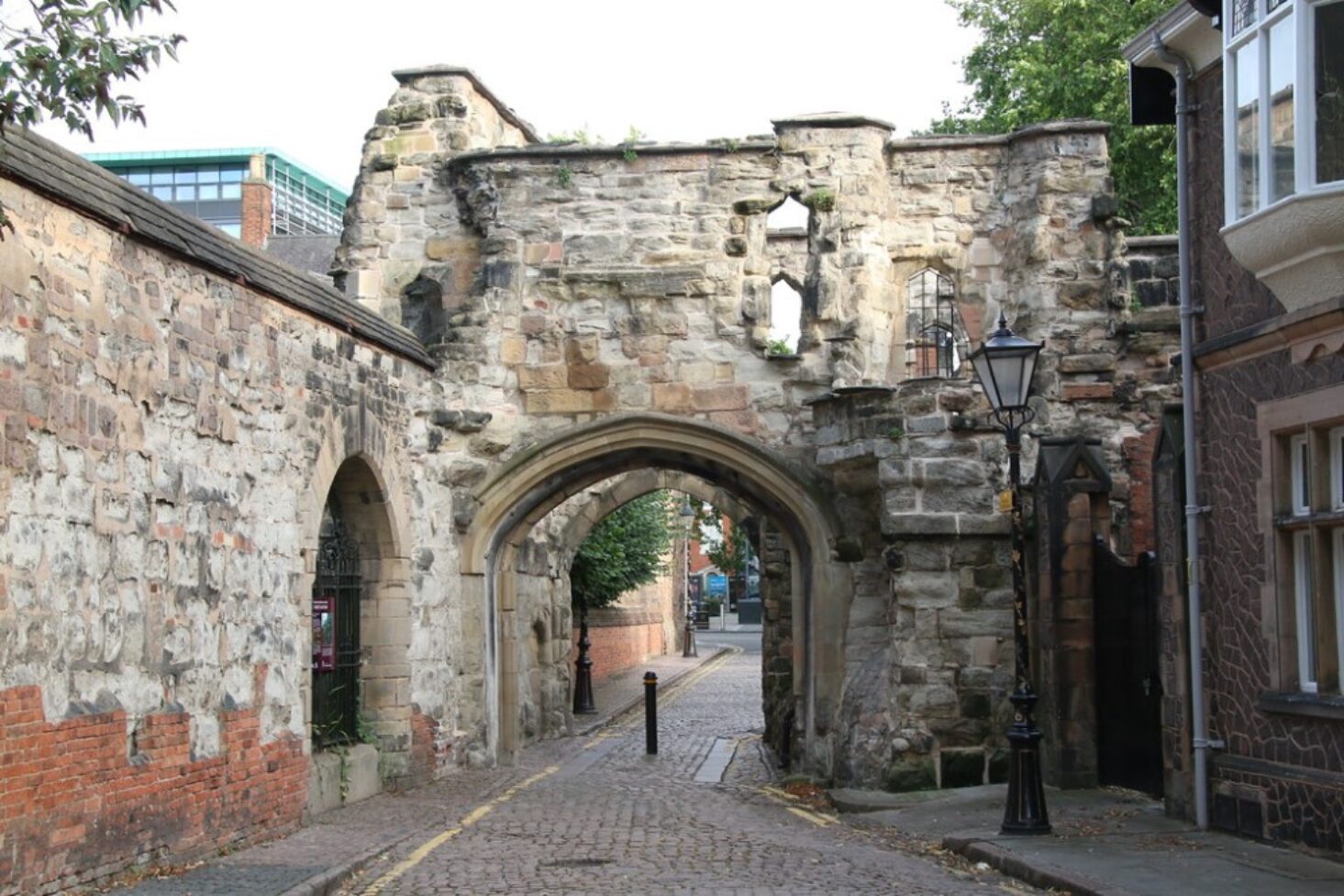
A Detailed Guide to Leicester Historic Sites
Leicester, with its rich history and cultural heritage, is home to several significant historic sites that offer a glimpse into the city’s past. Unveiling the remarkable Leicester historic sites, this guide provides an immersive experience for visitors and locals alike.
From the majestic Leicester Castle to the iconic Leicester Cathedral, the ancient Jewry Wall Museum to the captivating New Walk Museum and Art Gallery, and the impressive Abbey Pumping Station to the stunning Belgrave Hall, Leicester’s historic sites are steeped in importance and hold tales of bygone eras.
Exploring the Guildhall, Stoneygate Conservation Area, Old Town, and the natural beauty of Bradgate Park, this guide delves into the historical significance of each site, offering insights into their unique contributions to Leicester’s history and culture.
Whether you’re a history enthusiast, in search of a family-friendly venues or simply seeking to immerse yourself in the city’s captivating heritage, Leicester’s historic sites are not to be missed.
Leicester Castle
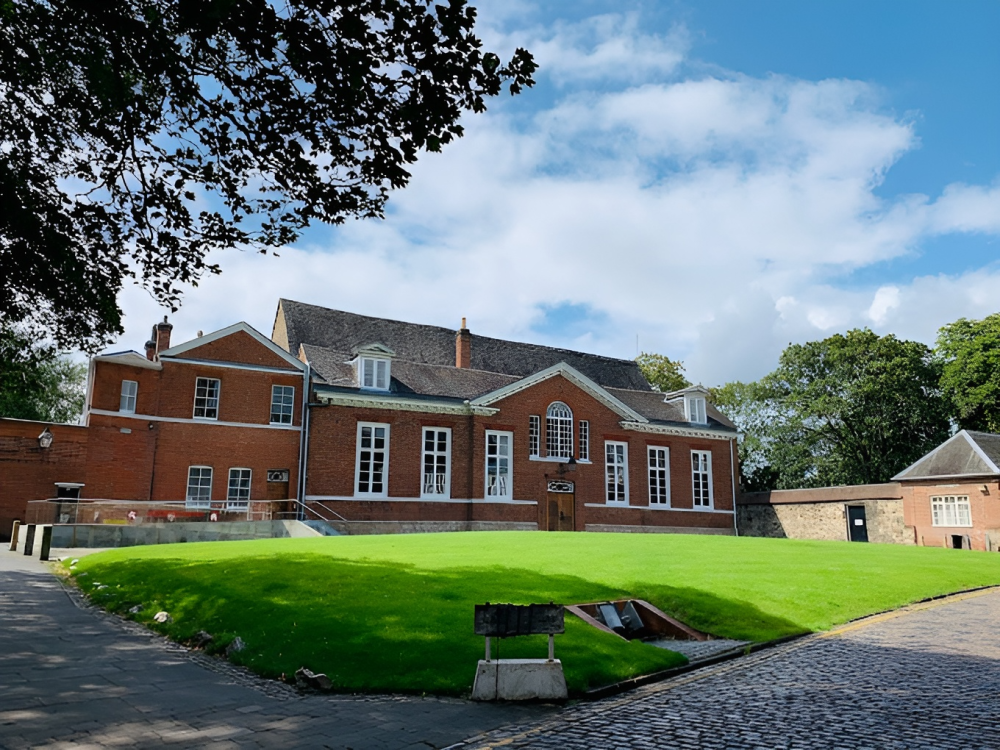
Leicester Castle is a significant historic site in Leicester, UK. It has played a pivotal role in shaping the region’s history and culture.
- Historical significance: Leicester Castle was built in the 11th century after the Norman Conquest. It served as a royal castle, a defensive fortress, and a courthouse.
- Architectural marvel: The castle showcases a blend of architectural styles, including Norman, Gothic, and Victorian. The Great Hall, constructed in the 12th century, exemplifies medieval architecture.
- Visitor experience: Leicester Castle offers attractions for visitors. The Castle Gardens provide peaceful views of the city, while the Castle Courtyard offers a glimpse into its history.
- Cultural hub: Leicester Castle serves as a cultural hub, hosting events and exhibitions. It is also home to De Montfort University’s Law School.
A visit to Leicester Castle immerses visitors in centuries of history. The castle stands as a testament to Leicester’s rich heritage.
True story: During an excavation at Leicester Castle, archaeologists discovered the remains of King Richard III. This discovery shed new light on the controversial king and sparked worldwide interest in Leicester’s history. A visitor center at the castle now shares the story, attracting tourists who want to learn more about Leicester’s connection to this iconic figure.
Leicester Cathedral
Leicester Cathedral is a renowned emblem of Leicester, famous for its Gothic architecture. It has a lengthy history dating back to the 11th century and has undergone numerous renovations and additions over the years. The cathedral is celebrated for its exquisite stained glass windows, intricate stone carvings, and grand arches.
Inside the cathedral, visitors have the chance to explore the tomb of King Richard III, which was found buried beneath a car park in Leicester in 2012. This extraordinary tomb attracts tourists from all over the world, who come to pay their respects to the infamous monarch.
Don’t forget to take a leisurely walk through the beautiful gardens surrounding Leicester Cathedral. The well-kept grounds offer a tranquil and thoughtful atmosphere. The cathedral also regularly hosts services and events, giving visitors the opportunity to connect with the community’s rich heritage and spirituality.
Moreover, Leicester Cathedral serves not only as a place of worship but also as a vibrant venue for concerts, exhibitions, and cultural events. It acts as a central gathering point that attracts both locals and visitors.
Jewry Wall Museum

The Jewry Wall Museum in Leicester showcases the Roman history of the city. It is located on St. Nicholas Circle and is housed in the impressive Jewry Wall, a Roman structure.
The museum features artefacts and exhibits that provide insight into daily life in Leicester during Roman times. Visitors can explore the remains of the 9-metre high wall, believed to be part of a Roman bath complex.
Inside, there are displays of pottery, jewellery, coins and a Roman mosaic. The museum also offers interactive displays where visitors can dress up in Roman costumes, play Roman games and try Roman-style food.
Guided tours are available to provide detailed information about Leicester’s Roman history and the significance of the Jewry Wall. The Jewry Wall Museum is a must-visit for those interested in Leicester’s rich Roman heritage and offers a unique educational experience.
New Walk Museum and Art Gallery
New Walk Museum and Art Gallery is a prominent cultural institution in Leicester, UK. It offers a range of exhibits and artworks that cater to various interests and tastes. The museum showcases a vast collection of art, including paintings, sculptures, and ceramics, from different periods and styles.
Visitors can explore the history and significance of these artworks, gaining a deeper understanding of artistic movements and the artists.
In addition, New Walk Museum also features exhibits on natural history, archaeology, and geology. These displays provide an educational experience for visitors, allowing them to learn about the local and global natural heritage. The museum’s interactive exhibits and panels make it a great place for both adults and children to cultivate their knowledge and curiosity.
If planning a visit to New Walk Museum and Art Gallery, check their website for the latest information on opening hours and current exhibitions. It is recommended to allocate sufficient time to explore the museum thoroughly, as there is a wealth of fascinating exhibits to explore.
Pro Tip: Before visiting, download the museum’s app for a digital guide to enhance your experience. It offers detailed information about the exhibits, interactive maps, and audio guides to help you make the most of your visit.
Abbey Pumping Station
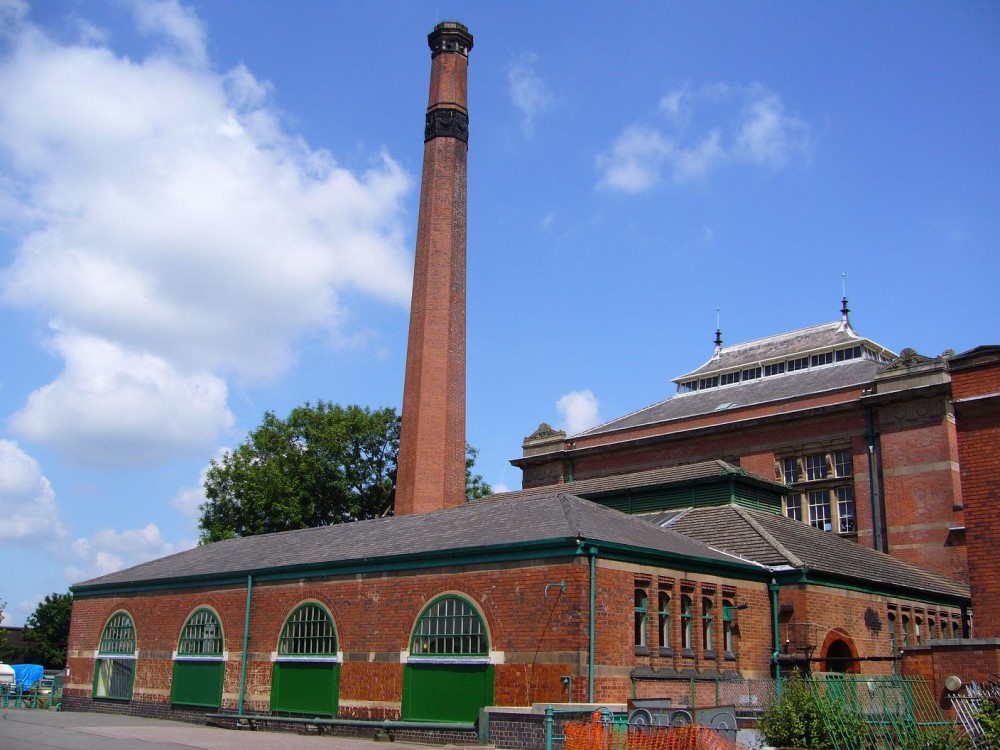
The Abbey Pumping Station in Leicester played a crucial role in the development of the city. Built in 1891, it provided clean drinking water for the growing population.
Located on Corporation Road, this impressive example of Victorian engineering used steam engines and pumps to extract water from the River Soar and distribute it to the residents. The pumping station remained in service until 1964, when it was decommissioned.
Today, the Abbey Pumping Station is a museum that displays the historical engines and vehicles associated with Leicester’s industrial heritage. Visitors have the opportunity to explore and learn about this significant aspect of the city’s history.
During the flood of 1920 in Leicester, the pumping station faced a challenge. Despite the swollen River Soar, the workers diligently ensured a continuous water supply, thus saving lives and preventing further devastation. This incident demonstrates the resilience and dedication of those involved in the operation of the Abbey Pumping Station.
The Abbey Pumping Station is a must-visit destination for history enthusiasts and anyone interested in Leicester’s industrial heritage.
Belgrave Hall
Belgrave Hall is a historic site in Leicester, UK. It is a Queen Anne-style house from the 18th century known for its stunning architecture and picturesque gardens.
One of the key features of Belgrave Hall is its well-preserved interiors. Visitors can explore rooms like the drawing room, dining room, and bedrooms. These rooms are furnished with period furniture and decorations. The hall also has a charming tea room where visitors can enjoy refreshments.
In addition to its beauty, Belgrave Hall is steeped in history. It has been home to notable families over the years. Walking through its halls and gardens allows visitors to glimpse into the lives of those who lived there in the past.
If you are interested in history, architecture, or unique places, a visit to Belgrave Hall is a must. It offers insight into the past and allows you to immerse yourself in a bygone era.
Plan your visit to Belgrave Hall and take a step back in time. Explore the grand rooms, stroll through the gardens, and soak in the rich history and charm. You won’t be disappointed.
Guildhall
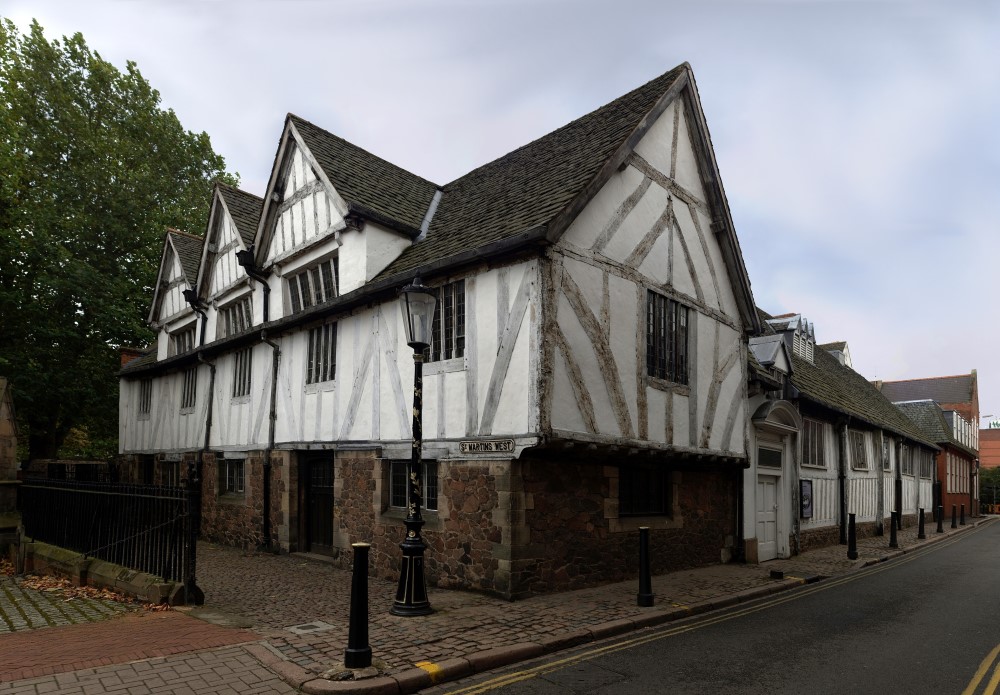
The Guildhall, located in Leicester, UK, is a highly esteemed structure of great historical and cultural significance. It has functioned as a gathering place for guilds and trade associations, hosted official ceremonies and events, and survived the Great Fire of Leicester in 1594.
Currently, it serves as a public venue for exhibitions, performances, and events, and also houses a museum that showcases Leicester’s history. The Guildhall is renowned for its impressive timber-framed architecture, magnificent Great Hall with a hammer-beam ceiling, and intricate stained glass windows.
It provides a glimpse into Leicester’s prosperous history and embodies the city’s medieval heritage. Whether attending an event, exploring the museum, or admiring the craftsmanship, the Guildhall offers a unique experience that celebrates the history and culture of Leicester.
Stoneygate Conservation Area
The Stoneygate Conservation Area in Leicester showcases the rich heritage of the city through its well-preserved Victorian and Edwardian architecture. This area boasts stunning buildings with intricate details, imposing facades, and charming period features.
The conservation area holds cultural importance as it is connected with notable figures from Leicester’s past, such as Sir Jesse Boot and Sir Malcolm Sargent.
Apart from its architectural allure, Stoneygate Conservation Area offers picturesque outdoor spaces with abundant greenery, gardens, and parks, providing a peaceful refuge within the bustling city.
Beyond its historical buildings, the Stoneygate Conservation Area is a lively community where residents actively safeguard the area’s heritage and participate in events and initiatives that promote its importance.
Originally established in the late 19th century as an exclusive residential neighbourhood for Leicester’s affluent upper class, the Stoneygate Conservation Area has maintained its original charm, attracting history enthusiasts and admirers of architecture alike.
Old Town

Leicester’s Old Town is filled with history and charm. Here are some notable features and attractions:
1. Historic Architecture: The Old Town has beautiful heritage buildings and ancient streets. Walking through this area will take you back in time, giving you a chance to experience Leicester’s rich history firsthand.
2. Leicester Cathedral: Located in the heart of the Old Town, Leicester Cathedral is a medieval building with a history dating back over 900 years. It serves as the final resting place of King Richard III, holding great cultural and historical significance.
3. Guildhall: The Guildhall is a timber-framed structure that has played a central role in Leicester’s civic and social life since the 14th century. It is one of the best-preserved timber-framed halls in the country and is a must-visit for history enthusiasts.
4. The Magazine Gateway: This historic gateway, dating back to the 15th century, served as the entrance to the castle precincts. It is one of the few remaining parts of Leicester Castle, providing a glimpse into the city’s medieval past.
Did you know? The Old Town of Leicester has been used as a filming location for various movies and TV shows, including the well-known period drama series The Hollow Crown. Its historical atmosphere and magnificent architecture make it a perfect setting for such productions.
Bradgate Park
Bradgate Park, situated in Leicester, United Kingdom, showcases the heritage and natural beauty of the region. Spanning over 800 acres, the park is home to a diverse range of wildlife and offers breathtaking views of the surrounding countryside. Visitors have the opportunity to explore the lush green landscapes, picturesque woodlands, and peaceful lakes.
One of the main attractions in Bradgate Park is the iconic ruins of Bradgate House. This magnificent mansion was the childhood home of Lady Jane Grey, who briefly reigned as the Queen of England in the 16th century. The ruins serve as a reminder of the park’s historical significance and provide a unique backdrop for photographers and history enthusiasts.
Bradgate Park also boasts a rich variety of plants and animals, including herds of red and fallow deer. Nature enthusiasts can participate in activities such as walking, birdwatching, and picnicking amidst the park’s scenic surroundings.
For those who enjoy outdoor activities, Bradgate Park offers walking trails, designated picnic areas, as well as opportunities for photography and wildlife observation. It is an ideal destination for those seeking a combination of history, nature, and tranquility.
Why Are Leicester Historic Sites Important?
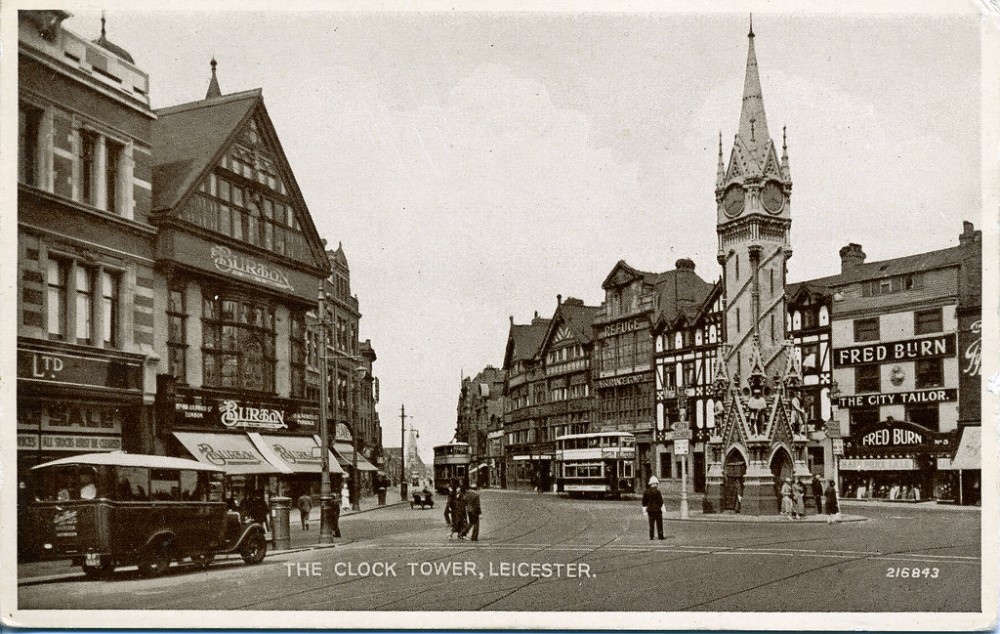
Leicester’s historic sites hold immense significance for various reasons. They offer a glimpse into the city’s rich and diverse history, providing tangible links to bygone civilizations and illuminating the evolution of Leicester over time.
Not only do these sites preserve cultural heritage, safeguarding traditions, art, and architecture for future generations, but they also serve as valuable educational resources, offering insights into different eras, events, and ways of life. By delving into the past, visitors can develop a profound understanding of Leicester’s history.
Moreover, Leicester’s historic sites play a vital role in the local economy. They draw in tourists and generate revenue for the tourism and hospitality sectors, ultimately contributing to urban regeneration by attracting investment and breathing new life into surrounding areas.
To fully immerse yourself in the stories and significance behind these landmarks, it is highly recommended to consider taking a guided tour when visiting Leicester’s historic sites.





